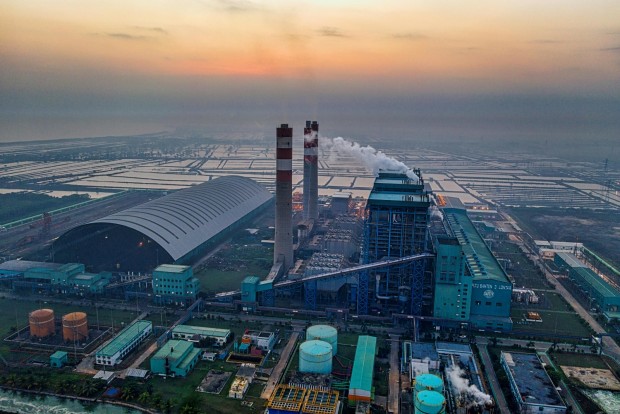Carbon emissions pose a formidable challenge to the construction industry as a leading contributor to climate change. In response, professionals within the sector actively explore ways to mitigate this issue by pioneering eco-friendly products and solutions.
One notable innovation among these is carbon capture and storage (CCS), which exhibits considerable potential. But what exactly is CCS, and how does it function within the context of sustainable construction practices?

(Photo : Pexels/Tom Fisk )
How Does CCS Work?
The process of carbon capture and storage is a method that can be utilized to lessen carbon dioxide emissions (CO2), which may be an essential component in the fight against global warming. Before their release into the atmosphere, carbon capture and storage technology seeks to accumulate emissions at a significant source. Carbon dioxide removal (CDR) is a distinct approach that centers on the regressive elimination of CO2 already present in the environment. This can be accomplished by establishing forests or utilizing direct air capture technology.
As mentioned, the primary objective of using CCS in the production of fossil fuels is to capture upstream emissions, which are generated during the extraction and processing stages. However, this approach does not effectively mitigate most downstream emissions during fuel combustion. The operation of CCS technology also necessitates substantial energy consumption, which can result in increased emissions if derived from fossil fuels. Moreover, the carbon capture and storage method consists of three stages:
Capturing the CO2 for Storage
Other gases created in industrial processes, such as those at power generation plants powered by coal or natural gas or companies that produce steel or cement, are separated from carbon dioxide itself.
Transport
Compressed carbon dioxide is transferred to storage using pipelines, road conveyances, or ships.
Storage
Ultimately, the carbon dioxide is permanently stored beneath geological formations via infusion.
Also Read: Unlocking Architectural Solutions: The Impact of Modular Construction on Architectural Aid
Costs and Risks of CCS
Establishing the quantity and composition of CO2 being injected into subsurface storage, ensuring the integrity of long-term storage, and quantifying any potential leakage are just a few of the purposes for which CO2 storage regulations mandate vigorous monitoring of storage operations. Thus, global efforts are reportedly underway to establish regulatory frameworks for geological CO2 storage.
Moreover, a significant amount of energy is required for capturing and compressing carbon dioxide, which contributes to a boost in the fuel requirements of a coal-fired power station by 25-40%. Due to these and other factors, the cost of electricity generated by a new power plant having carbon capture and storage will increase by 21-91%.
These estimations apply to newly constructed facilities near a storage site. However, applying the technology to existing plants or plants located a significant distance from a storage facility may result in increased costs. Carbon capture and storage increase the cost of constructing power plants that generate electricity, as does the cost of purchasing electricity. Nevertheless, the price of the effects of climate change will be significantly more than expected.
On the other hand, this cost may also decrease as technology advances. Others believe that investments in CCS will divert funding away from other potential solutions to global warming.
Related Article: Study Reveals Challenges and Opportunities in Construction Industry's Battle Against Carbon Emissions







